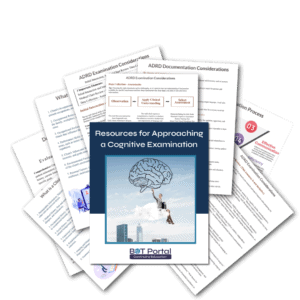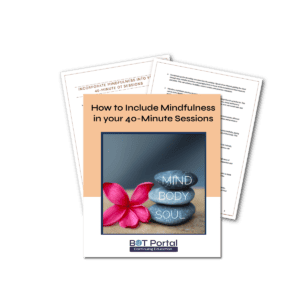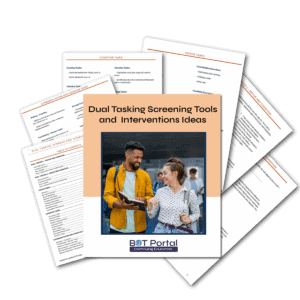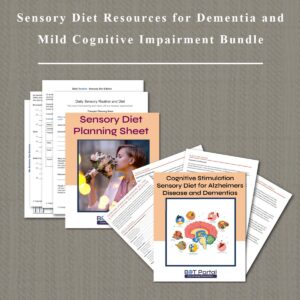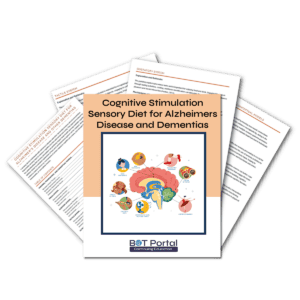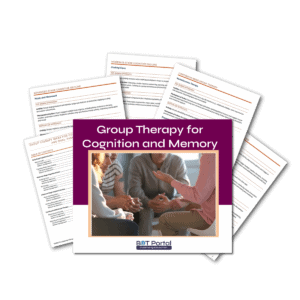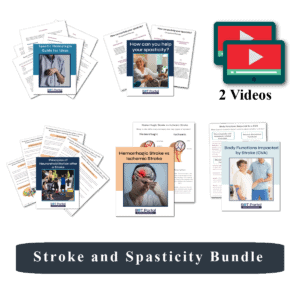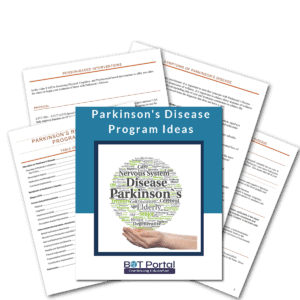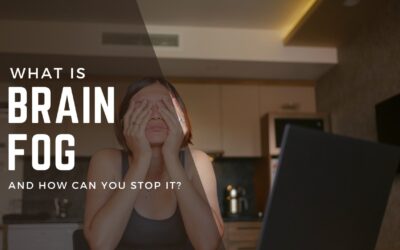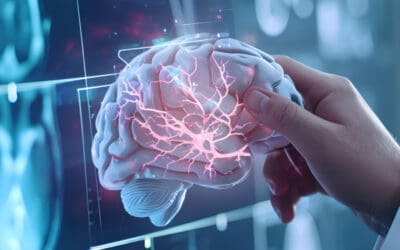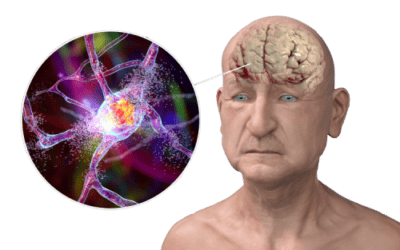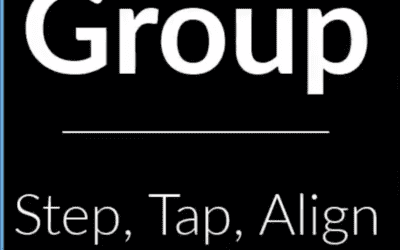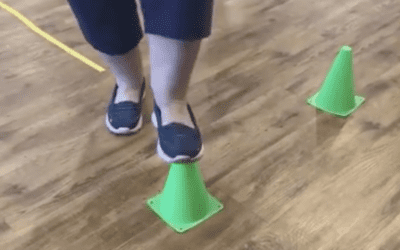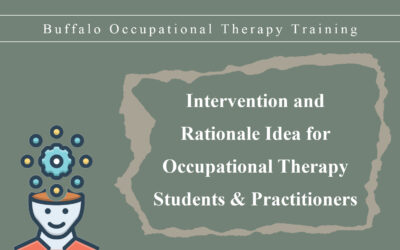Therapeutic Activities for Occupational Therapy
Therapeutic Activities are closely related to
Occupational Performance in Clinical Practice
Stop feeling insecure and lost.
Don't wait for BURNOUT to consume your life because there just isn't enough time to search for evidence-based occupational therapy resources and training for daily clinical treatments.
Join the BOT Portal for occupational therapy resources and receive 24/7 access to the highest quality resources designed by an experienced therapist speciically for busy, motivated, and passionate therapists and therapy assistants.
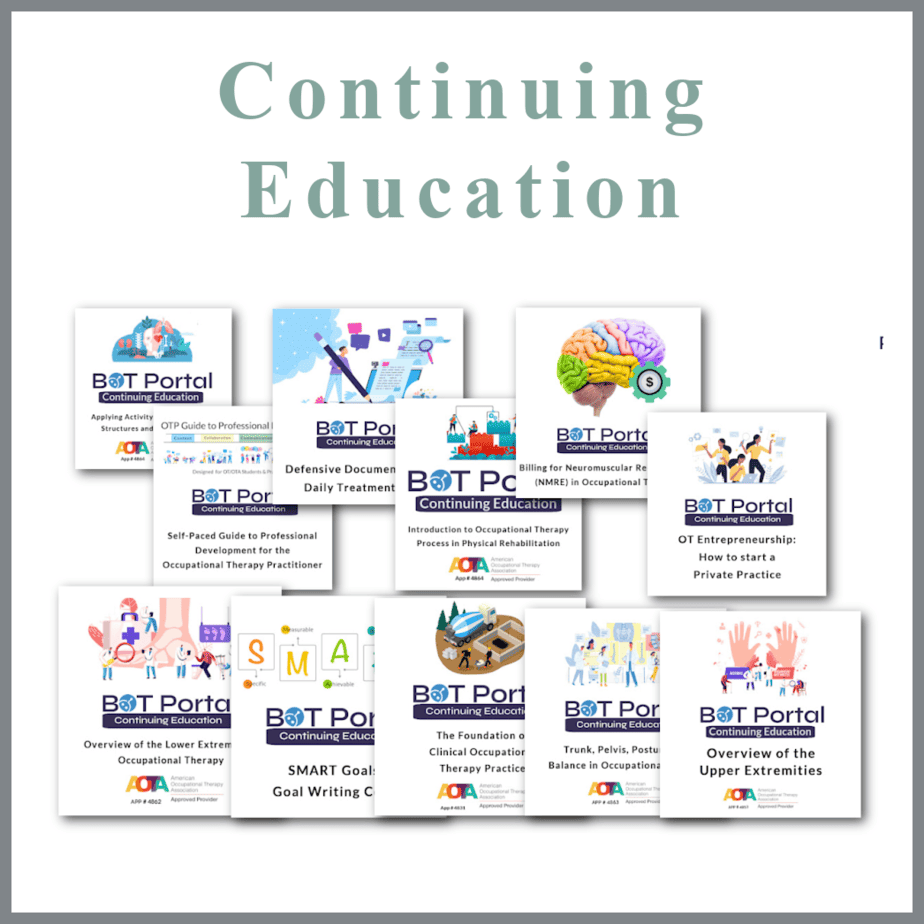
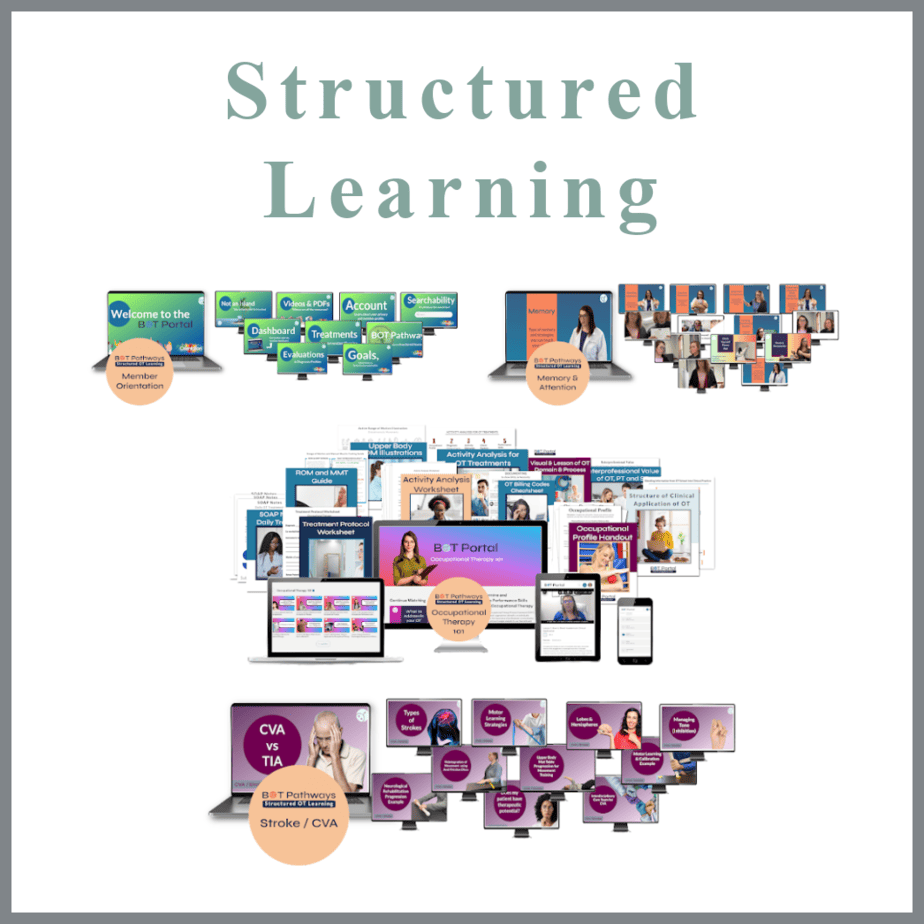

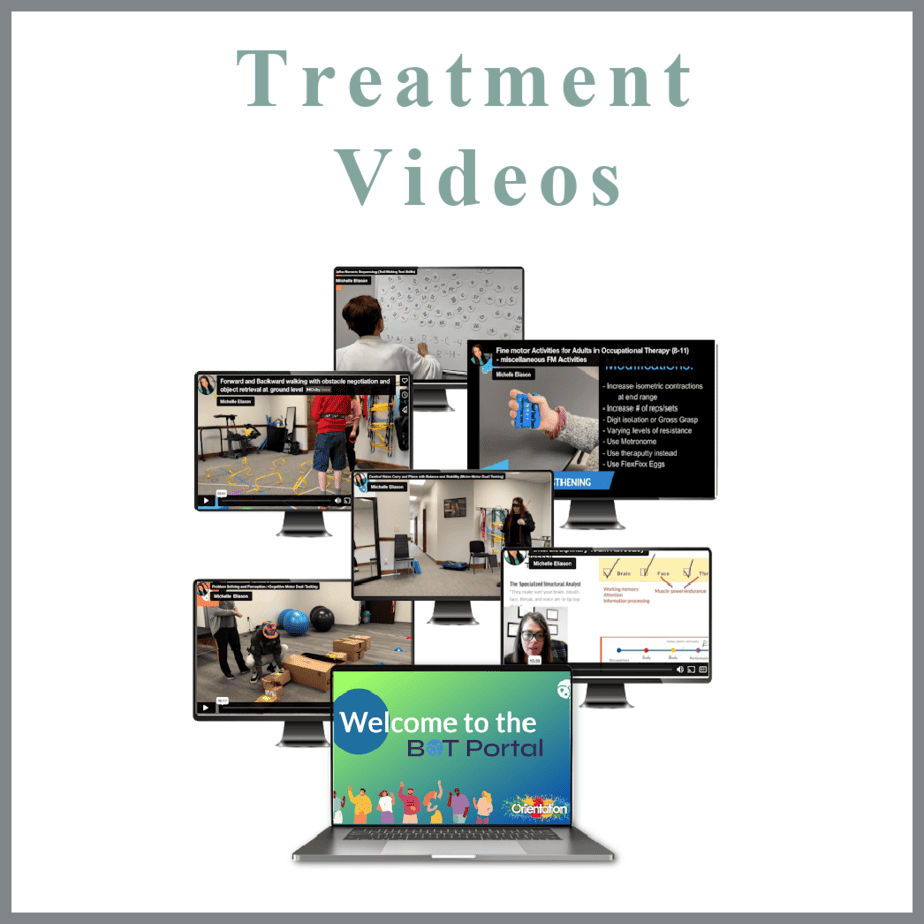
Membership Perks
Two Membership Options!
Your investment gives you resources to save you stress, self-doubt, and burnout as you become a confident and competent practitioner who can stand up for your professional point of view and scope of practice.
General:
“97530” – Therapeutic Activities also known as kinetic-based activity [movement]. Therapeutic Activities in Occupational Therapy is commonly billed though many people are confused about what falls within the parameters of therapeutic activities in occupational therapy.
Therapeutic Exercise- 97110
Use this code when working on joints, structures, muscles. The task is specifically designed in the Biomechanical model of practice to remediate, restore, or maintain the integrity of that particular element as well as flexibility, range of motion, strength, and endurance.
Therapeutic Activity – 97530
Use this code when billing movement-based activity designed to elicit mobility for a specific end-result or when implementing an activity designed to produce a functional movement pattern. For occupational therapy practitioners, it is to increase functional performance of a meaningful activity lying within the 8 domains of occupation.
Neuromuscular Re-education (NMRE) – 97112
This code does not require your patient to have a neurological-based diagnosis (this is a common mis-fact). Instead NMRE is a common code used by OTPs when applying one of the ten to twenty neurological-based models of practices or frames of reference they have within their scope whether that is neuromotor, neurobehavioral, neurocognitive, dual tasking, neuromuscular, Neurodevelopmental, etc. NMRE can apply to individuals across the lifespan when implementing interventions designed to promote, restore, or maintain balance, coordination, kinesthetic sense, posture, and/or proprioception for sitting and/or standing activities.
How should you approach Therapeutic Activity in Occupational Therapy?
Explanation: Therapeutic activities (97530) are essential in occupational therapy practice. They are kinetic-based activities that often combine numerous performance skills that can be translated across many occupations. Here is the part many people need to hear….this does not need to be an ADL, IADL, or even the ‘goal’ occupation in order to be reimbursed. Therapeutic activity, for occupational therapy, is often used in the continuum toward the least-restrictive, most-effective completion of an activity falling within the 8 domains of occupation.
Note: These canNOT be random activities you pull from Pinterest because they look cute or fun!!! Therapeutic activities (or the body mechanics and performance skills your activity is eliciting)must be grounded in research or evidence-based practice for your client’s personal factors and diagnoses.
Examples of Therapeutic Activities for Adults in Occupational Therapy
-
-
-
- Obstacle courses
- Standing or Seated activities simulating performance skills needed in everyday life
-
-
-
- Coin/Bead manipulation
- Tying
- Utensil training
- Multi-modal activities depending on the reason for performing it
-
-
-
-
-
Browse the Resource Store!
Don’t want to pay for each PDF individually? No problem! The BOT Portal Membership comes with all printable resources and more!
Brain Fog
Brain fog feels like your brain is running through mud—it’s harder to think clearly, focus, or even find the right words in conversations. You might feel forgetful, struggle to concentrate, or take longer to process information. It’s not a medical term but a way to...
Alzheimer’s Disease Medications for Memory
Recent advancements in Alzheimer’s treatment have led to FDA approval of several new medications for Alzheimer’s Disease and mild cognitive impairment (MCI). These developments are the result of rigorous research and clinical trials aimed at improving the quality of life for those affected by these conditions. The newly approved medications offer hope for better management of symptoms and potentially slowing the progression of cognitive decline.
One of the key focuses of recent research has been on targeting the underlying mechanisms of Alzheimer’s, such as amyloid plaques and tau tangles. These innovative approaches have shown promise in clinical trials, leading to the approval of drugs that can more effectively address these core issues. Additionally, advancements in diagnostic tools have enabled earlier and more accurate detection of Alzheimer’s and MCI, allowing for timely intervention with these new treatments.
For healthcare professionals, caregivers, and patients, staying informed about these advancements is crucial. Our latest blog article provides a look at these new medications, their mechanisms of action, and the potential impact on patient care.
The Neurological Therapist – Interview your therapist
One crucial aspect of our practice is understanding the nuances between different treatment modalities and knowing when to apply each one effectively.
Understanding the Difference: Therapeutic Exercise, Therapeutic Activity, and Neuromuscular Re-education in Occupational Therapy
One crucial aspect of our practice is understanding the nuances between different treatment modalities and knowing when to apply each one effectively.
Stages of Alzheimer’s Disease
Alzheimer’s disease progresses through several stages, each presenting its own set of challenges for both the individual and their loved ones. In the early stages, memory lapses and difficulty with familiar tasks may be subtle, but as the disease advances, symptoms become more pronounced. In the middle stages, confusion and disorientation become more frequent, and individuals may require assistance with daily activities. Finally, in the late stages, communication becomes extremely limited, and round-the-clock care is often necessary. Understanding these stages can help families better navigate the journey of Alzheimer’s, providing support and planning for the road ahead.
Warning Signs of Dementia
It is difficult to tell the difference between memory loss in normal aging and warning signs of dementia, but there are several common findings that may serve as a warning sign that something deeper may be happening than normal aging.
Early Signs of Dementia in Women
“Memory is the treasure house of the mind wherein the monuments thereof are kept and preserved”. Thomas Fuller Early signs of dementia in women:Early: This refers to the beginning stages or the initial phase of something. In the context of "early signs of dementia,"...
Step, Tap, Align Group | Occupational Therapy Intervention
Group Therapy InterventionOccupational Therapy Intervention : Group TherapyDocumentation and Activity Rationale The patient engaged in a dual-tasking activity with an emphasis on visual memory and recall. The task required the patient to receive a 3-part image at...
One Leg Stance and Cross Midline Tap Group | Occupational Therapy Intervention
Group Therapy Intervention - Balance Occupational Therapy Intervention : Group Therapy InterventionDocumentation and Activity Rationale The patient engaged in LE dynamic balance activity designed to promote neuronal excitation, brain plasticity, interhemispheric...
Wrist Flexion and Extension| Occupational Therapy Intervention
Wrist Flexion and Extention: Forearm StrengtheningOccupational Therapy Intervention : Wrist Flexion and ExtensionDocumentation and Activity Rationale The patient engaged in a wrist AROM against resistance provided by a 2lb weighted ball. The exercise sequence elicited...


